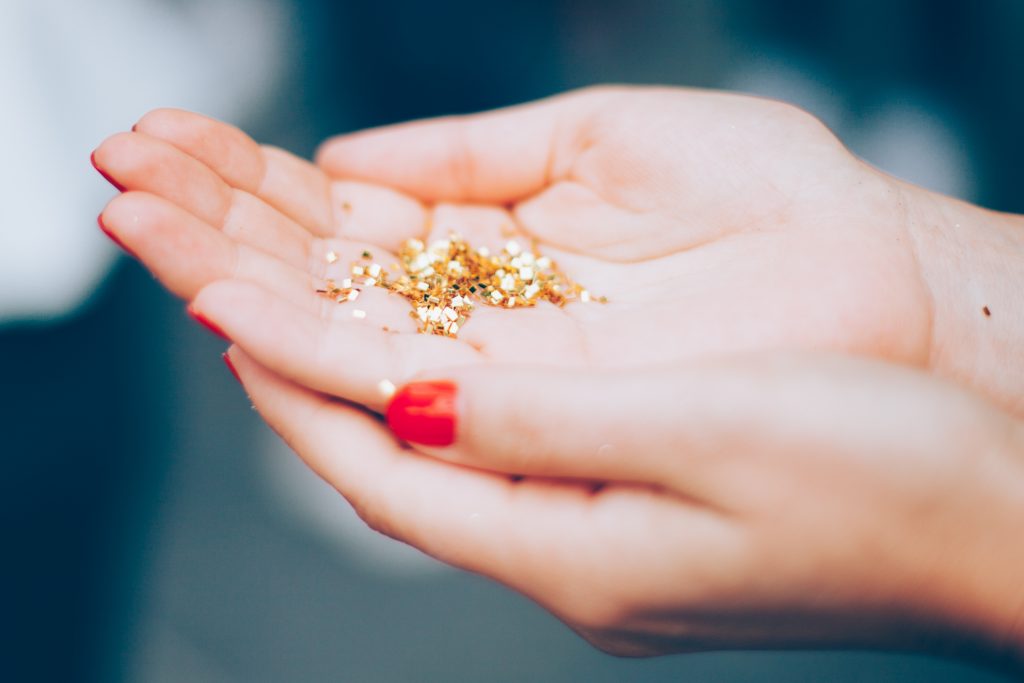For lots of people getting your nails ‘done’ can be a real treat.
I have to say life with a new baby has pushed nail care pretty far down my priority list! But even before I was a Mum I was never one for a manicure. It’s the fumes – the varnish and remover always smell so toxic!
On a foray into Content recently I discovered a couple of new ‘clean’ nail varnish lines, and it got me looking into what nail polish is made of.
What is in nail polish?
Until very recently, conventional polishes contained what is colloquially known as the ‘toxic trio’ of formaldehyde (a known carcinogen) toluene (thought to cause neurological damage) and dibutyl phthalate or DBP (a hormone disruptor).
While the EU banned the use of DBP in 2005, its use is still unrestricted in the US.
Many mainstream brands have now phased out some or all of these ingredients but still use other irritants or toxins such as isopropyl alcohol, ethyl acetate and artificial dyes.
Is wearing polish bad for your nails?
Our nails are made from tightly packed, translucent keratin protein cells.
They’re often thought of as an impermeable barrier, but at 7-12% water they’re actually more porous than skin! Which helps to explain why they can become discoloured after wearing dark nail polish pigments.
While ridged, yellowing, peeling or cracked nails can be a sign of illness, the most common culprit is wearing nail polish regularly and not allowing them time to ‘breathe’.
What are the alternatives?
There are a number of cleaner polishes on the market though it’s fair to say they still contain a number of synthetics
In their defense, while there are an emerging number of natural pigments and pearlisers available, a nail varnish just won’t work without acetate solvents (to make them dry), and plasticisers to bring durability.
Try our DIY manicure guide instead.


